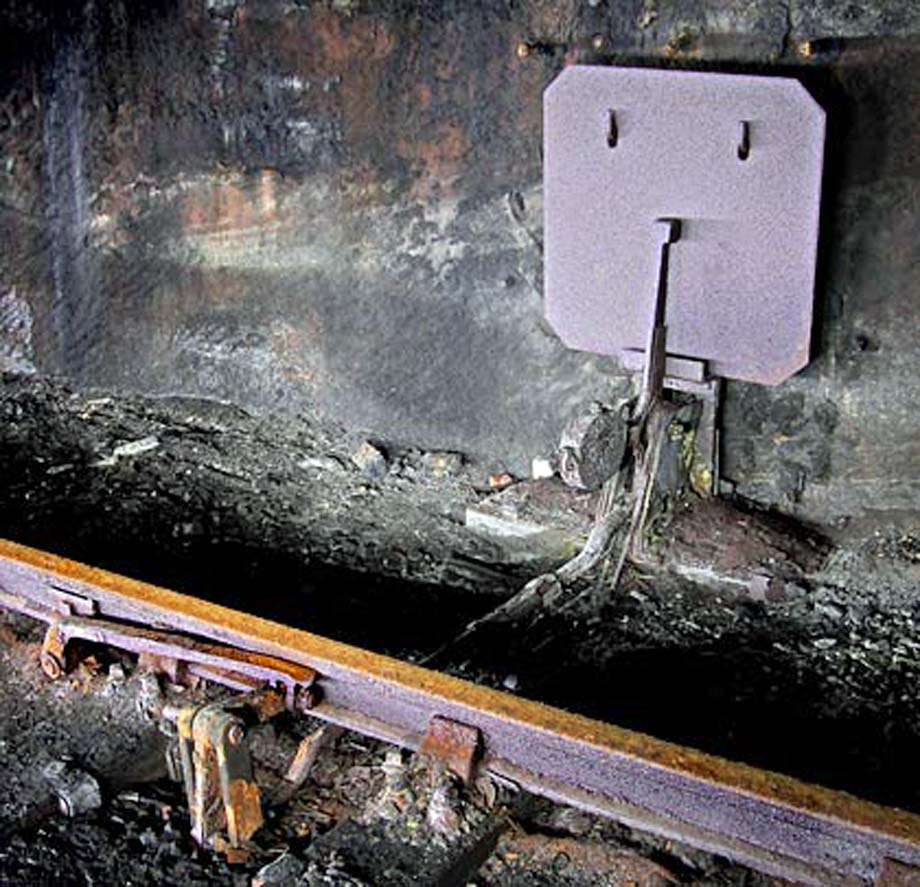
Lately I've been collecting data for a story about a Canadian Pacific Railway (CP) boat train, well technically, it may not be a CP boat train, as it was run by British railways.
Back in the day if one wished to travel across the pond the common way was to take an ocean liner from North America to the United Kingdom, or vice versa.
CP at one time was once a conglomerate comprised of the railway, hotels, telegraphs, later an airline, even a moving company at one time, not forgetting to mention involvement with mining, smelting, and ships.
Canadian Pacific ocean liners departed from Quebec City during the summer, and St. John during winter, to sail across to Liverpool, and later Southampton.
At Liverpool CP customers that were bound for London were able to board a boat train waiting for them at Riverside Station located beside the Mersey River and the Prince's landing stage, a floating dock with walkable connections to the station.
Although the boat train was operated by British railways it may have been sponsored by CP as the train was named "Empress Voyager", similar to the naming of their "Empress" ships such as "Empress of Canada", "Empress of Scotland", etc.
So, in the process of collecting data and photos I discovered that the route these boat trains took from Riverside to Euston Station in London traversed two tunnels immediately after departing dockside.
The first, a short tunnel named Waterloo was separated by an open cutting at Byrom Street from the second named the Victoria Tunnel, nearly 2,706 yards (1.53 miles) in length running underneath Liverpool then exiting at Edge Hill Station.
Apparently, when the Victoria tunnel was opened in 1849 it was too steep for steam locomotives of the time at 1.39 percent, so wagons were hauled through the tunnel by a cable.
A brick building at Edge Hill housed a stationary engine which used a continuous cable to pull the wagons upgrade from the Byrom Street cutting.
Up until 1895 only freight trains used the tunnels, then track was extended to Riverside Station so passenger trains could connect with arriving boat passengers thereby simplifying the connection.
The really unique part of the tunnels were these audible warning devices placed in the tunnels as seen in the photo above.
As a train's wheel flanges passed over a treadle the linkage caused a metal striker to hit the square metal plate.
You can imagine the noise... bong bong, bong bong, bong bong, in pairs as the passenger car truck wheels rolled over the treadle.
Not only that, I don't know how many of these things were installed, but there were several, and they were also placed in other tunnels under Liverpool such as the Wapping Tunnel.
As trans-Atlantic passenger trade converted to airliners the need for the tunnels evaporated.
The last passenger train served was in 1971 with the tunnels being closed in November 1972.
Today the tunnels are mostly trackless and derelict but still maintained somewhat by Network Rail.
William Slim.


